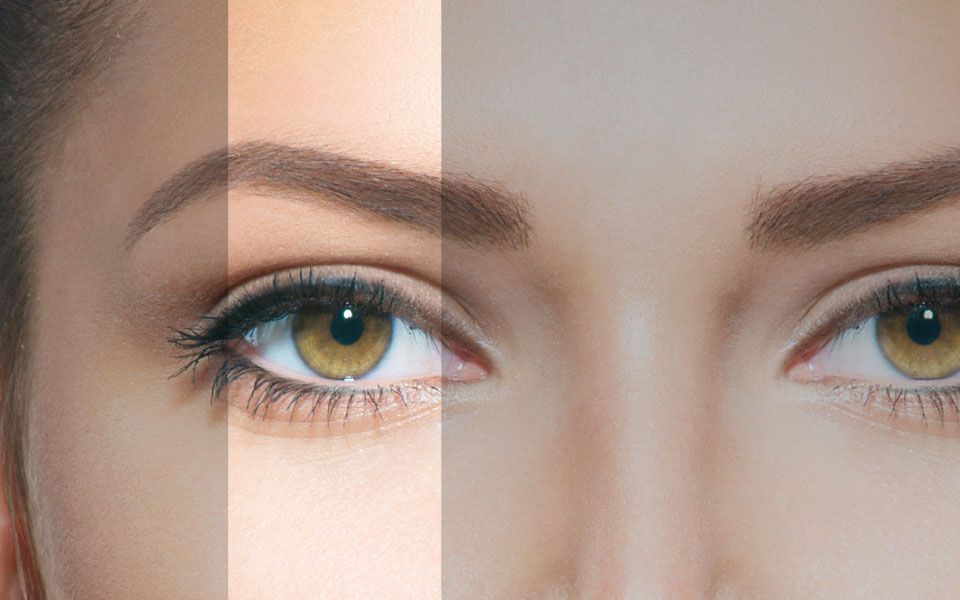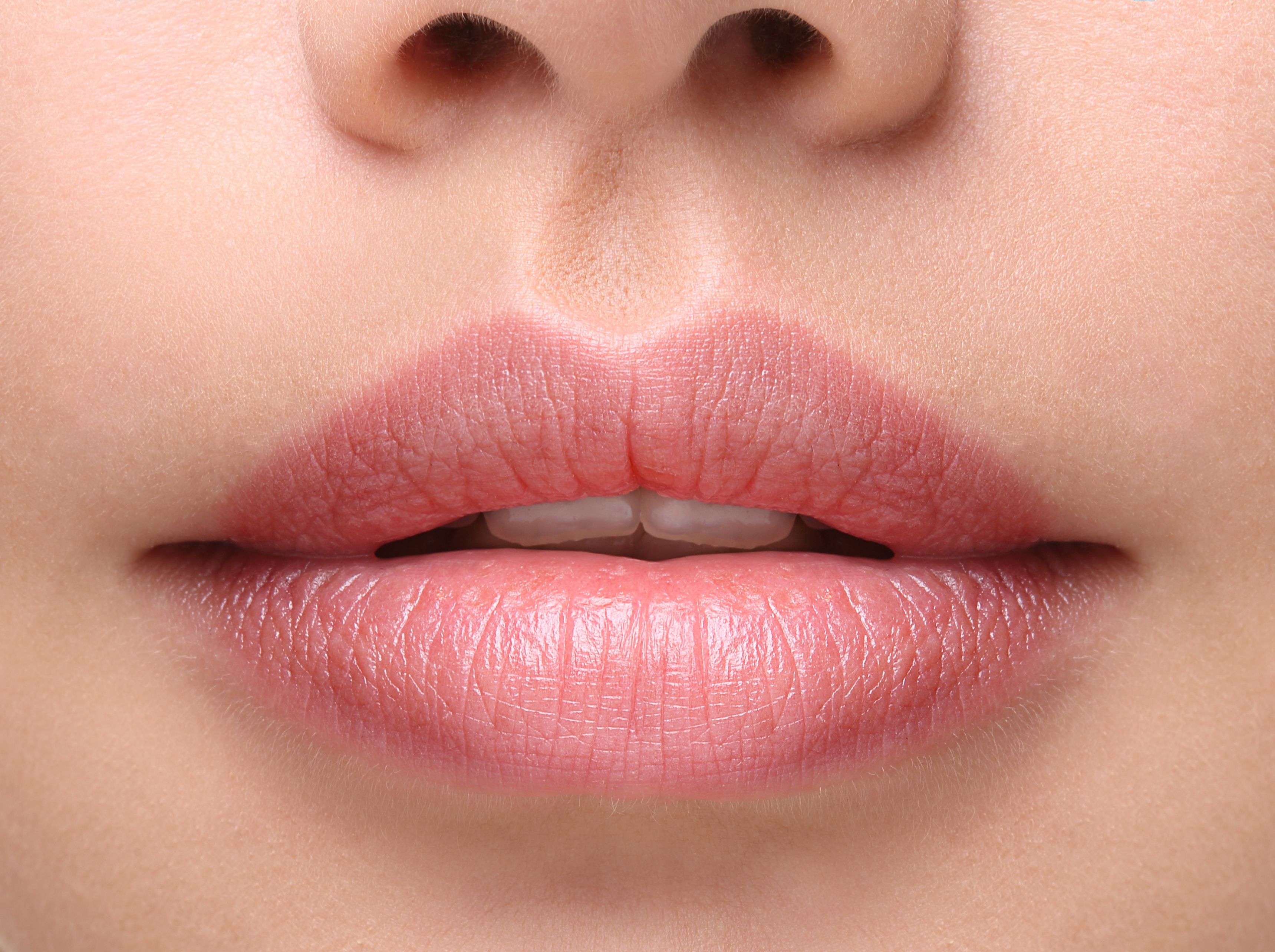Before During And After Permanent Makeup

The following medical conditions require consideration before getting semi-permanent makeup procedures. Clients with any of these conditions should contact their doctor to determine if they can have this procedure. In some cases, a permanent makeup artist will ask you to get a physician's opinion.
Medical Consideration Before Semi-Permanent Makeup
- Asthma
- Allergies, allergy to numbing creams or hair dyes
- Anticoagulants (blood thinners), Hemophilia
- You should not be on any blood thinners (Motrin, Aspirin, fish oil)
- Long-term use of painkillers (aspirin, ibuprofen), some herbs (increase bleeding and bruising)
- Advance unstable Diabetes
- Acne phlegmon
- Cutaneous anomalies in pigmented areas (birthmarks, warts)
- Thyroid, hormonal problems
- Glaucoma, any eyes diseases
- Infection
- Bleeding disorders
- Viral inflammation (HIV and AIDS), bacterial, fungus infections, and diseases
- Epilepsy
- Had an Organ transplant
- Higher temperature
- Psoriasis
- Skin irritation near the treated area (rashes, sunburn, acne)
- Heart conditions (Mitral Valve Prolapse, Artificial Heart Valves, Artificial Joints)
- Active Herpes Simplex (blisters/cold sores) you may experience an outbreak after lip procedures (consult with doctor antiviral prescription before and after treatment)
- Pregnancy, breastfeeding
- Keloid or Hypertrophic Scarring
- Vitiligo
- Accutane / Retin-A pills and creams
- Taking strong steroid drugs can make skin fragile. Physician-strength meds/treatments that affect the dermal layer of the skin can affect Permanent Makeup. - OTC meds/treatments that only affect the epidermis and are not much concern
- Uncontrolled High Blood Pressure
- Poor general health
- Any treatment, medication, or illness of the immune system
- Undergoing chemotherapy
- Dental treatment (before lips)
- Eyeball disease, ocular inflammation (before eyeliner)
- Any physical, mental, or medical impairment or disability
Clients with health conditions might heal slower than others. If you suffer any medical condition always consult with a doctor. You may need your physician’s release in order to undergo the testing and/or procedures that you desire. This is an extra measure of protection for your benefit.
If you are prone to cold sores, you must be on antiviral medicine before a lip procedure. Ask your doctor about the prescription. Keep in mind it is a multisession process, at least two appointments are required.
Other Contradictions Before Permanent Makeup
- Strong tan
- Fresh henna (before eyeliner and eyebrows tattoo)
- Chapped or cracked lips (before lip tattoo)
- Fresh scars
How to Prepare Before Permanent Makeup Appointment
- Keep in mind the healing time of the procedure before scheduling
- No caffeine or alcohol before the procedure
- Bring your favorite lipstick, lipgloss, or pencil if you have one
- Do not wear the best clothes because pigment might splatter on them
- Wash your hair since after the procedure you will be asked to keep the treated area dry
- If you are looking for a particular shape or color prepare pictures to show to your technician, remember to have realistic expectations
Eyebrows Before Permanent Makeup

- Do not tweeze, wax, or dye brows before the procedure
- Electrolysis should not be done at least 2 weeks prior procedure
- No hair growth serums 3 months before the procedure
- You must wait 4 weeks after Botox injections
Lips Before Permanent Makeup

- Moisturize your lips
- If you had lip surgery consult with a physician about how long you should wait before a lip tattoo. If you had incisions, you should probably wait at least 6 months.
- Lip fillers: usually you will have to wait 4 weeks after lip injections, it is recommended to get lip filler after permanent lips.
- Dentures, braces may increase the risk of getting a bacterial infection
Eyes Before Permanent Makeup

- You must not use any lash enhancement products (lash growth serums) for at least 3 months before the procedure, it might cause pigment migration
- Remove lash extensions before your procedure
- Remove eye contacts and bring your glasses
- Bring your sunglasses, eyes may be sensitive to light
- Do not dye or perm lashes 2 days before the procedure
- If you had any eye surgery consult with a physician. Usually, it takes 2 months post-surgery before you will be released to get an eyeliner procedure
During Permanent Makeup
- Before and during the permanent makeup procedure technician will use topical anesthetic cream, to assure you are comfortable (please remember the more anesthetic is used the harder it is to implement the pigment), some discomfort depending on your individual pain tolerance and pigmented area could occur
- The technician will discuss the shape, color and advise the best technique for you
- You will have to approve color and shape before actual micropigmentation You will be asked to sit or stand up to check the progress and shape while micropigmentation to assure that intensity of the color and shape is good
- You will feel machine buzzing and vibration, light pressure, and skin stretching
- The technician will apply the pigment into the top layer of the skin only with the tip of the needle
- Each time the needle penetrates the skin, a droplet of pigment is released into the microscopic hole the needle makes, it might feel like a slight stinging
- You might experience swelling, burning, and redness, some clients swell more than others, if your skin is sensitive you might slightly bruise
- The treated area might feel itchy and tender after the procedure
After Permanent Makeup
- Remove any lymph with a clean tissue, keep the treated area dry and clean
- Lymph drainage will turn to scab and will peel off with the pigment, this is how you lose the pigment, so it is good to keep it dry at all times
- Stay away from dirt
- Use “pin drop” size of aftercare ointment product in the morning and in the evening after washing and drying pigmented area (avoid building up of a product, the skin needs to breath to heal faster). Use your clean fingers to apply a thin layer of the cream for about seven days
- Keep treated area dry and clean, make sure to take a quick shower and not wet your face, use a clean cloth to wash face
- If you had a lip procedure use a straw and try to avoid hot, salty, and spicy food
- Do not use any skincare and makeup products for 7-10 days on the treated area
- Expect to lose some color during next month (after 7-10 days you can use makeup to cover empty spots if necessary)
- Do not touch pigmented area
- Do not rub or pick any scabs, every skin heals differently
- Do not sleep on your face
- Color will look dark and intense for the first week, this is normal. It takes about one week to restore the skin and grow a new layer over the color
- Avoid sun and tanning, direct sun might cause burning or darkening of the pigmented area
- Use sunscreen to protect your tattoo and avoid discoloration
- Do not sweat, especially for the next two days, sweat and oil might cause blurring and losing more pigment
- Avoid tanning beds, saunas, and hot tubes, and direct water pressure
- Chlorine and salt will fade your tattoo, so avoid swimming, also it is a risk of infection
- Do not use any harsh creams around the treated area that contain acids or retinol for at least the first month
- Do not wax pigmented area, this might pull out the pigment
- Remove any lymph with a clean tissue, keep the treated area dry and clean
- Lymph drainage will turn to scab and will peel off with the pigment, this is how you lose the pigment, so it is good to keep it dry at all times
- Schedule your follow up visit 4-6 weeks from first treatment to fill in sparse spots if needed
- You should not have MRI during the healing process (about 2 months)
- You won’t be able to give blood for some period of time after the procedure
- You will receive an aftercare guide and aftercare kit to use at home
